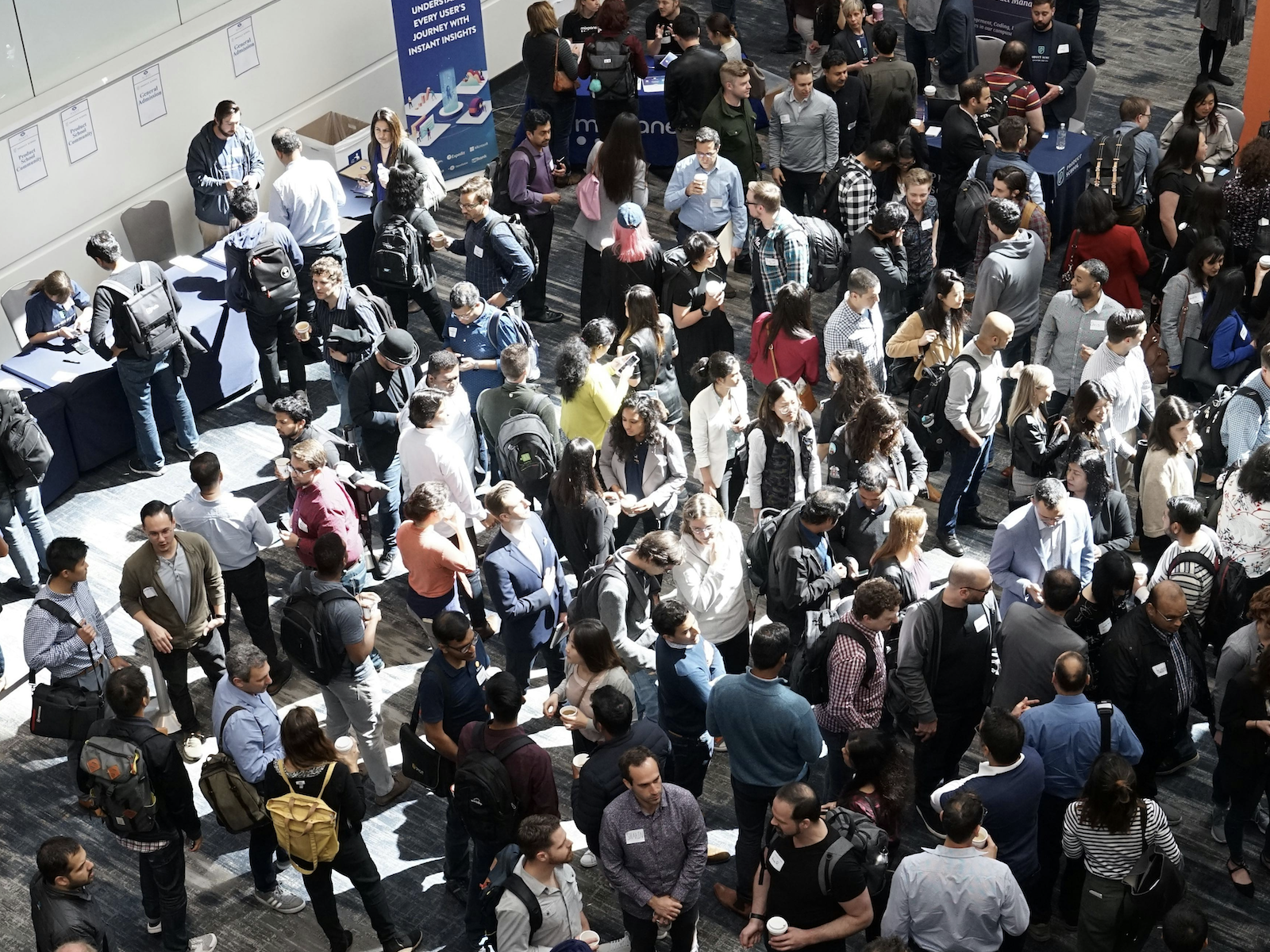When the Data Goes Dark
Every first Friday at 8:30 a.m. ET, the U.S. typically gets a single data drop that can move markets: the jobs report. This month, nothing. With the federal shutdown halting the Bureau of Labor Statistics, the September report never arrived. No headline job gains. No unemployment update. No new reads on wages or hours.
In a year of tight household budgets and uneven hiring, no data can feel worse than bad data. So we’re left triangulating from private payrolls, regional Fed indexes, and what job seekers are experiencing in real time.
The story isn’t crisis; it’s exhaustion. The labor market is cooling, not collapsing.
What We Know So Far: A Labor Market Running on Fumes
Before the lights went out, economists expected roughly +50,000 September jobs with the unemployment rate holding near 4.3%. That’s a world apart from September 2024’s +240,000. Over the last three months, growth averaged just ~29,000—a classic “low-hire, low-fire” environment. Layoffs remain contained, but expansion is timid.
For inflation, a softer market helps. For job seekers, it translates to fewer listings, slower callbacks, and longer timelines between interviews.
Why the Unemployment Rate Stays Flat Even as Hiring Slows
A shrinking labor force. Economists estimate it now takes roughly ~50k net new jobs per month to hold the jobless rate steady, down from ~130k last year. What changed? More retirements, fewer new workers, and discouraged job seekers stepping out entirely.
- Aging: ~10,000 Americans hit retirement age daily, tightening supply.
- Migration dynamics: Lower immigration and rising deportations leave gaps in sectors like construction.
- Discouragement: Longer searches push some to exit the labor force.
Openings in construction plunged by ~115,000 in August, one of the largest monthly drops on record—reflecting high rates, housing affordability pressures, and trade uncertainty.
Related read: Why Unemployment Feels Worse Than It Looks
The Bright Spot: Health Care Keeps Growing
As ~10k Americans turn 65 every day, health care demand is demographic gravity. Hiring persists across hospitals, clinics, and long-term care—even when other sectors stall.
Private payroll reads show health services and education leading gains again. For many mid-career workers, that stability is prompting pivots into medical support, allied health, and care management roles.
Job seeker guide: How to Pivot Into Health Care in 2025
Months and Months to Find Work
September typically brings a fresh wave of seasonal postings. Instead, new hiring announcements were the weakest in a decade. Meanwhile, continuing jobless claims hover near four-year highs, signaling longer spells out of work.
In the latest pre-shutdown data, roughly 1 in 4 unemployed workers had been searching for 27+ weeks—the highest non-pandemic share since 2016. That’s not a collapse—just a grindingly slow job market.
What the Private Data Is Saying
- Chicago Fed (real-time nowcast): Unemployment tracking near ~4.34%, essentially flat vs. August.
- San Francisco Fed (state stress): Only a handful of states show notable deterioration.
- Employer surveys: Many firms plan to increase hiring over 12 months, but cautiously.
- Main Street pulse: Hours and wages are stable—not surging, not collapsing.
In 2025, “flat” is the new “strong.” Stability through exhaustion beats volatility, but it isn’t progress.
🧾 Labor Market Snapshot (Unofficial, October 2025)
Note: Snapshot reflects unofficial estimates and private indicators while federal data is paused.
The Bottom Line
After years of whiplash, the labor market has settled into something fragile but familiar: stability through exhaustion. There’s work... just less of it. There’s stability... just not progress. Until official data returns, the real signal for job seekers is to follow the sectors still hiring, build the skills those roles demand, and keep momentum even if the dashboard is dim.





